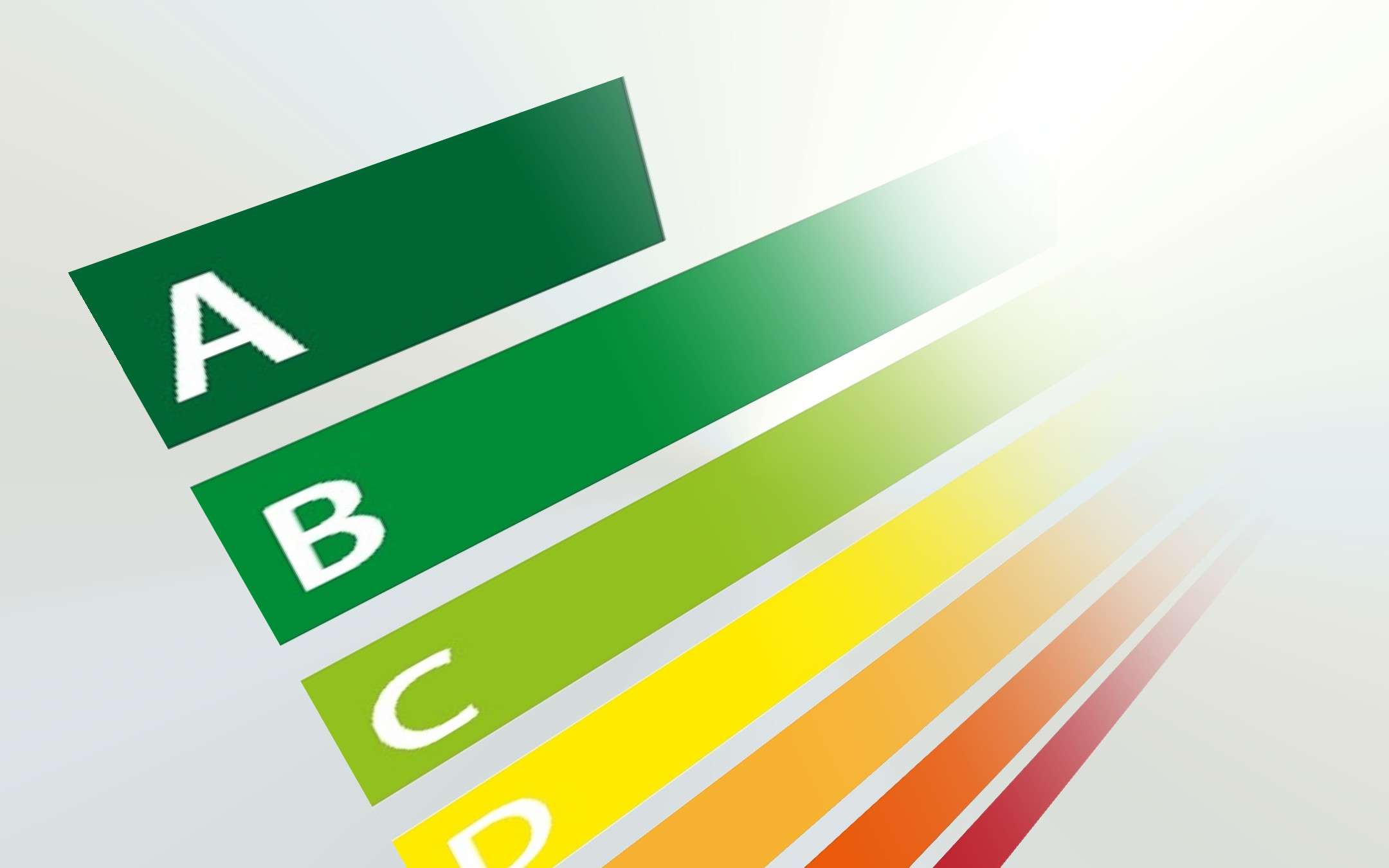Energy labels: what changes from March 2021

Energy labels
Energy labels have been introduced in Italy since 1998 and over the years they have begun to have increasing importance in consumers' purchasing choices. A product with greater energy efficiency, in fact, not only denotes greater ecological attention to consumption, but also involves lower costs in the long term. Over the years, however, the market has profoundly changed and for this reason the labels have also changed, introducing new classifications that have made understanding the information contained therein much more complex. Starting from March 1, 2021, therefore, a new classification is introduced with which we try to clarify and bring energy efficiency back to the center of the message, using more stringent criteria and a scale of values with less ambiguity.Where are the new energy labels used
The Community legislation provides for the obligation of labeling for these types of electronic devices:refrigerators and freezers, washing machines, washers, dryers, dishwashers , ovens, cooker hoods, light sources, air conditioners, televisions and monitors, boilers and water heaters, stoves and fireplaces, refrigerators and freezers with direct sales function, professional refrigerated cabinets, residential ventilation units. Some of these categories, however, need to be revised by virtue of the strong progress made in the meantime in terms of energy efficiency: where the scale had now included the additional classes "A +", "A ++" and "A +++" in standard format , now we will return to a traditional scale from A to G reparametered. The areas involved are the following:
dishwasher; washing machines and washer-dryers; refrigerators, including cellar refrigerators; lamps; electronic displays, including televisions, monitors and digital signage boards; commercial refrigerators with direct sales function. The regulation was approved at the end of 2019 and will become an official and standardized application reality starting from March 2021.
How are the new energy labels
The new energy labels are distinguished first of all by a different graphic and chromatic layout, as well as with a clearer and more precise indication of the information essential to understand its contents. This is the module used:On the basis of the new scale, for example, an old class A + washing machine now becomes a class B washing machine by virtue of a weighted scale which, with the same characteristics observes a more stringent classification:
In this brochure (pdf) developed by ENEA all the main characteristics of the new classification are summarized. To allow a clearer comparison between devices of the same segment, in fact, the situation becomes more complex in general terms by virtue of scales that in some cases go from A to G and in others from G to A +++: however introduced an easy-to-use QR Code that conveys on the European data band "Eprel" containing all the details that may be necessary for a precise understanding of what you are about to buy.
These labels are not designed to last forever , but their parable should still be in the order of a decade. The prospect, in fact, is that of a continuous improvement of energy efficiency and this must lead to a "rescaling" operation that will calibrate the label over time on the basis of the technical improvement of the devices in the various categories:
When all the labels with "+" have been replaced, a further rescaling will be initiated in case of an excess of models in the higher energy efficiency classes: 30% in class A or 50% in class A + B. In any case, at the time of rescaling, class A, and in some cases also B, must remain empty to accommodate the most performing models that will be developed by industry over time. The declared objective is a period of validity of each new generation of labels of at least 10 years.
The legislator's effort is to make the parameters to be used as a comparison clearer; the effort of producers must be to compete on the basis of these parameters; fundamental is the role of the consumer who, with his own choices, can direct the market with a view to sustainability by making increasingly aware and mature choices.
Source: ENEA